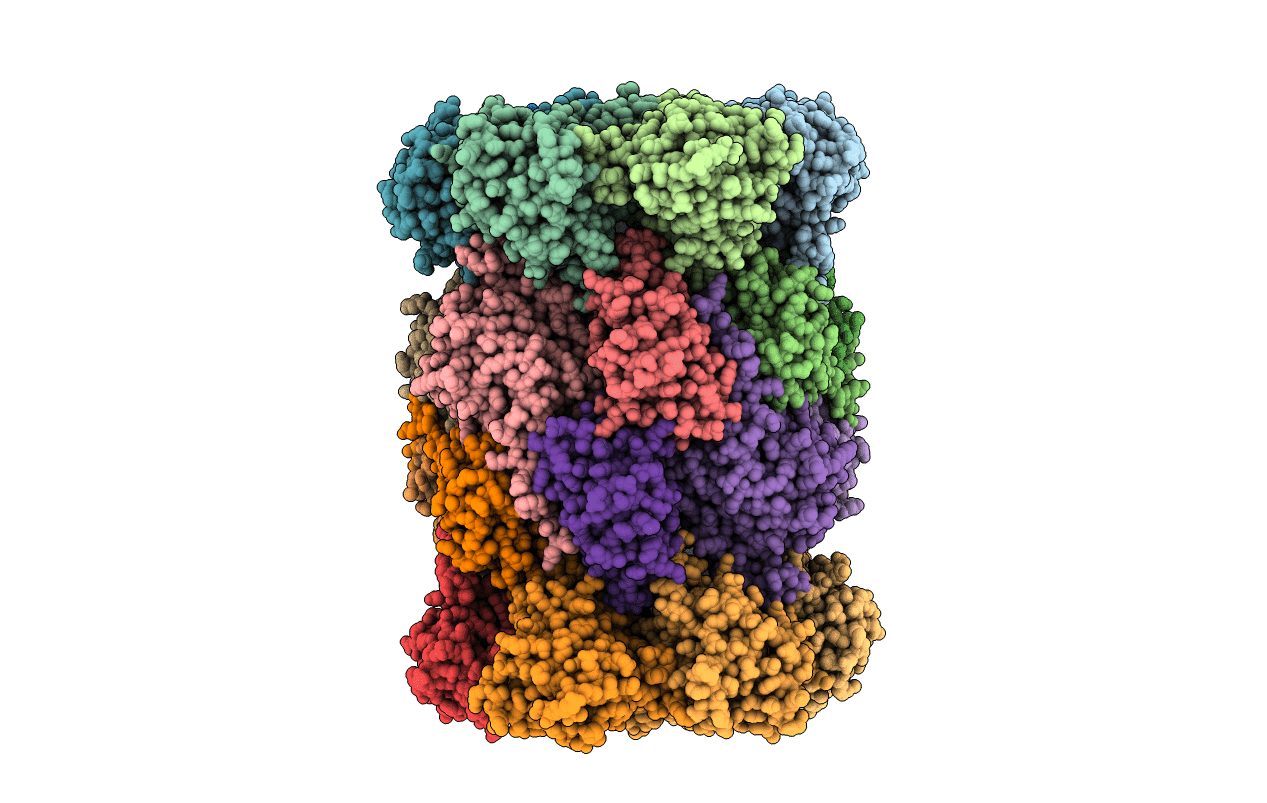
Deposition Date
2014-06-13
Release Date
2014-07-23
Last Version Date
2023-11-08
Entry Detail
PDB ID:
4QLS
Keywords:
Title:
yCP in complex with tripeptidic epoxyketone inhibitor 11
Biological Source:
Source Organism:
Saccharomyces cerevisiae (Taxon ID: 559292)
Method Details:
Experimental Method:
Resolution:
2.80 Å
R-Value Free:
0.19
R-Value Work:
0.17
R-Value Observed:
0.17
Space Group:
P 1 21 1


